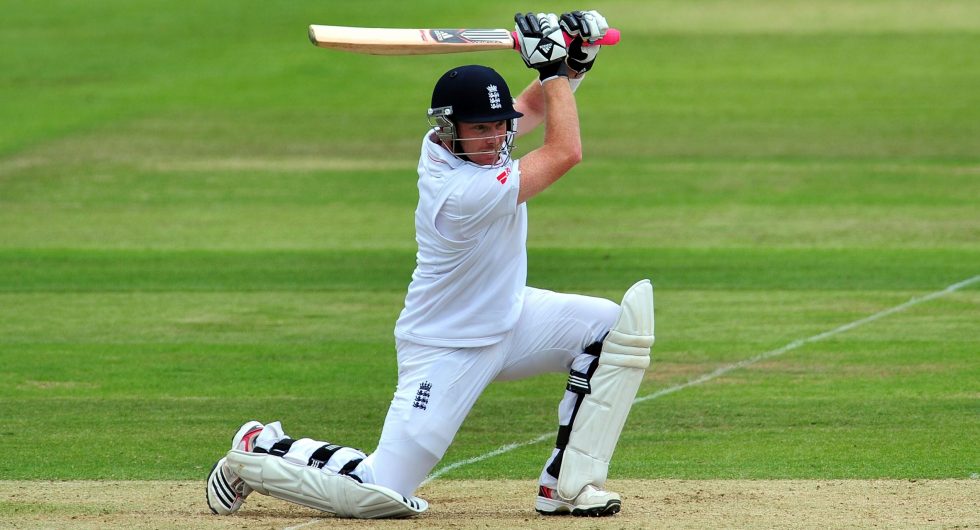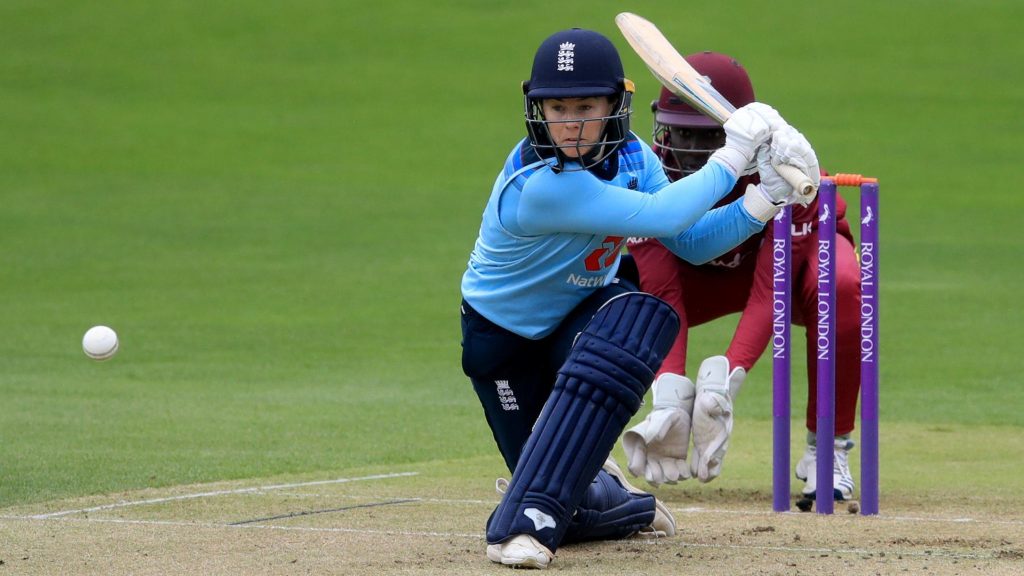Some of the Cricket Rules You Must Know About
2020-10-20
Cricket is one of the popular games played all over the world. Cricket is played between two teams with a bat and ball. Each team consists of 11 players and an extra one substitute player. The substitute player plays the game in case of any injury to others. There are two umpires in-ground and the third umpire for watching video replays. Let’s see some of the important rules for cricket.
Basic rules of cricket
- Umpire’s Decision: In cricket, an umpire has the power to make a final decision. Every player must agree with the umpire’s decision. If any player disagrees with the umpire’s decision, he will be dismissed from the team.
- Toss: The umpire tosses a coin in the middle of the ground and the team captains want to guess whether it is ahead or a tail. The one who wins has a right to decide batting or bowling and the other captain must agree with his decision.
- Batsmen do not have to run: Mostly, in cricket batsmen carry his bat and run for getting scores. But actually, it is not necessary for batsmen to run for scores.
- Boundary Fence: In cricket grounds, there is a boundary line. When the ball hits the boundary line by touching the ground, he gets 4 runs. If the ball flies above the boundary line, he gets 6 runs.
- Field Placement is Optional: The team captain has a right to choose the team members to place in desired field positions. Each team captain has a unique strategy to take advantage of their team members to take down the opposite team.
Rules for Scoring Run

- “No Ball” will be declared by the umpire when the bowler bowls the ball from the wrong place. Also if the ball bounces more than twice before coming to the batsmen, it is considered as “No Ball”. The team can gain 1 run for no-ball.
- “Wide Ball” will be declared when the bowler bowls the ball too wide to batsmen. The team will gain 1 run for a wide ball and also needs to be re-bowled again.
- “Leg Bye” is the runs scored by batsmen, but the ball is not a no-ball or wide ball.
Rules to dismiss Batsmen
- “Caught”: If the batsman touches/hit the ball and any player from the fielding team catches the ball before it hits the ground, the umpire declared out for batsmen.
- “Leg Before Wicket”: If the batsmen don’t hit the ball, but his body prevents it from wickets, the team can appeal for LBW.
- “Run Out”: If the fielding team strikes the ball, before the batsmen arrive, then the umpire declares run out for the batsmen.
Tie Match in cricket

If two teams scored equal numbers of runs, then the match is said to be drawn in limited-overs cricket. The umpire declares the match as “Draw”. A tiebreaker may or may not be the player to declare the winner of the match.
These are some of the most important rules to be known in cricket. Hope you have known more about the rules of cricket and if you want to know more, you can search on the internet for understanding the complete cricket rules.
